Circularity ‘24 Takeaways
May 29, 2024
Last week I attended Circularity ‘24, a GreenBiz conference focused on the circular economy. It was a ton of fun, and I’m still exhausted from all of that talking and quick thinking. I’m equally extroverted and introverted- I can turn it ON but then I need to retreat and unwind, preferably alone. I hit my ON button really hard last week, so I’m trying to be a hermit this week.
For the newsletter, I want to share my highlights with you. These are notes and insights from conference sessions that I found particularly interesting.
Here are the topics/sessions I’ll be covering:
Mini Insights
Material Innovation Panel
The Fashion Policy in Play
Unlocking Pre-Competitive Collaboration: Lessons from The Footwear Collective
Mini Insights
Naomi Davis, granddaughter of share croppers, from The Sustainable Square Mile shared a vision of having everything a community needs within a mile: work, shop, play and learn. She asked ‘What are your measures of wealth?’, “What would you put in your family suitcase?” and referenced “grannynomics” from the 1920s. It all made me smile, and I would love to help create the kind of world she is working on.
From a circular business models conversation, Peter Whitcomb of Tersus laid out a great way to test and learn into a successful circular business: start with 100 items that are problems for your business now and build a circular financial model around that set to create a scalable circular business. (i.e. take 100 damaged, returned items, figure out how they can be repaired and/or resold profitably and find the partners to help you do it). I love the simplicity and practicality of this.
From that same conversation, Carol Shu from The North Face made a great point in terms of getting leadership buy-in for circular business models: many times a company is already doing the work related to a circular business model with programs like warranties and repair centers. You can leverage that existing work to create a new, circular-friendly business model (and convince leadership by showing them that the company is already doing half the work).
Material Innovation Panel
This was a great panel featuring 4 different material innovation companies: Stephanie Downs at Uncaged Innovations, Kenji Higashi at Spiber Inc., Jeff Anderson at Nutjobs Inc., Danielle Joseph at Closed Loop Partners, and Curran Hugues at Renegade Plastics. Key takeaways below:
Companies are feeling burned from unscaled recyclers. It takes a lot of work for a large company to foster a relationship with a recycler who is still scaling; it can be worth it in the end, but right now there’s a sense of burnout.
The North Face partnered with Spiber, Inc for 4 years to bring a new material to market in Japan. It required a serious investment of time and money on both sides. It is now a successful, existing material that can be purchased at scale, but that initial partnership was a big commitment. While I am happy this partnership happened and continues, the story made me skeptical of so many large companies being courted by these smaller companies trying to grow quickly (most of them backed by venture capital and trying to achieve ‘hockey stick’ shaped growth). It feels like most small material innovation companies are waiting for their first big corporate customer, which makes me nervous mostly because it feels like so many amazing small companies (also outside of the material innovation space) have placed their destinies at the feet of large companies, who, in my experience, take the longest to try new things. (More on that in another post.)
In terms of waiting for that big order from a big company, a new small material innovator could be selling small amounts of materials to 30 companies, but if a large company comes in in places an order, it could be half of their total volume. That’s how they get the hockey stick of growth that they’re looking for. Having many customers is helpful with revenue, but can also be distracting if they need material development. Having fewer, bigger customers is one way to succeed and give a return on investment to financial backers.
The panel underlined the importance of getting tech designers into the process to help bridge the gap between early swatches and what a company is actually looking for. Some material innovators don’t know what their material is good for at first; brands help them understand what applications it is right for. This feedback is crucial to the success of the smaller companies.
Renegade Plastics shared a great example of a successful lower-stakes material test: ski lift seats. They did an AB test over a season to see if the new material performed as well as the original material. They surveyed ski lift operators and it turns out that the new material actually performed better, setting them up to install the new material in all of the ski lifts.
The panel’s advice for corporations interested in new materials is to have a process and follow it. If they realize the material is not going to work, cut the innovator loose so they can move onto to work on something else. For these new businesses, their time is the most valuable thing they have.
Perfection is the enemy of progress; it’s key to work together on the journey and take a partnership approach.
Renegade Plastics shared the importance of creating and selling their own product to maintain revenue while waiting for material orders from other companies. Renegade shared their example of customers being willing to pay a premium for circular products like their $24 tarp with the promise that they can return and recycle it. I like this example of a tarp because it is designed to be a durable good, so I think there is room in people’s minds to pay $24 instead of maybe $12 on Amazon if they think they’re truly getting a better product.
Lastly, they shared that there is a lot of corporate leadership turning over currently, and that the new appointees are more open to new materials. The decision makers are changing and that will be a good thing for these new companies.
The Fashion Policy in Play
This panel was a must-attend for me given the ever and quickly evolving policy landscape. Speakers were: Michelle Gabriel at Fashion Revolution USA, Rachel Kibbe of Circular Services Group, Dana Davis of Mara Hoffman (the famously sustainable brand who will ‘pause’ their production after this Spring), and Maitel Mizrachi, a postdoctoral fellow at Yale.
We need to level the playing field for brands to do this work, and the best way to do it is through incentives- at least for now. Incentives can be more powerful than regulations and are easier to stomach, certainly (being rewarded for doing good versus punished for doing bad). We will learn a lot from the European regulation, but it is not going to be the same in the United States.
I have heard this shared many times before this panel: our policy makers do not understand the fashion industry, so there is a huge opportunity to help bring them in so that they do understand and make it personal. We all have to buy clothes for ourselves and our families. Do policy makers understand what their purchases support?
Why haven’t we seen regulations sooner?
Fashion is a $2.3 trillion business annually. It is profitable. This is one reason it has remained unregulated.
The supply chain for fashion is global. It has many players in many countries and is hard to understand. Policy may not reach the start or end of the supply chain, and the policy makers may not even be sure where those points are.
The fashion industry is largely women and children- a more vulnerable and traditionally less power-wielding population.
“Lack of regulation is a policy” - Maitel.
Lobbying is an interesting topic. Everyone lobbies. Shein is spending 70 to 80% of all fashion lobbying dollars in the US- meaning they pay people to walk the halls of legislating bodies to plead Shein’s case to people who make legislation.
Individuals need to learn about policy. Rachel has spent the last few years learning about policy. It’s a lot to ask a sustainability person to be a policy person. It’s very hard to do both. Companies need employees who can focus on policy if they want to reap the benefits and comply with regulation. It is hard to show up at the policy table. People are afraid of change, afraid of more work when they’re already struggling with bandwidth. More certifications and more data is more work. There is a lack of understanding of what policy could unlock and what benefits it can create for businesses that are prioritizing sustainable and circular products.
Plastics are ahead of textiles by a few years, so keep your eyes on what’s happening with plastics.
Spend time with people in your supply chain. The pressures they feel are more extreme than the pressures we feel. They are demanding change.
It’s hard to ask policy makers to take on sustainability and circularity when ultimately it will increase the price of clothing which may anger their voters. (So, how can we share more with the public about the real cost of cheap clothing?!)
Lastly, and I thought this was very reassuring: democracy is slow by design to be able to include more voices.
Unlocking Pre-Competitive Collaboration: Lessons from The Footwear Collective
I loved this session because it highlighted how competitors can effectively work together and inspire each other while still maintaining differentiation in their product lines and creating more sustainable and circular product. The speakers were: Julia Viner of The Footwear Collective, Deanna Bratter of Crocs, Katy O'Brien of New Balance, and Kati Larson of On Running. The Footwear Collective is a non-profit initiative developed out of MIT, driving a collaborative and circular approach for the footwear industry by partnering with leading brands, suppliers and investors dedicated to scope, develop, and scale circular solutions. I have tons of respect for this entity!
Fantastic perspective that even if each company were to meet their own sustainability targets and goals, they still couldn’t make a huge change unless they do it together.
The Footwear Collective brought competitors together to identify non-competitive issues that they all wanted to solve. They are a broader network committed to the same solutions.
Traditionally, you make something unique, you patent it and then you sell it. With this pre competitive collaboration, you can also create efficiencies, economies of scale, shared reverse logistics— you can save money together.
One of the hardest parts has been getting the brands to share data, a highly valuable asset. The Collective pulls all the data together, scrubs it of confidential information and aggregates it. Leverage points are identified like: 6 of 7 brands are using the same material in their shoes- so they all have a reason to collaborate to find a more sustainable material to replace the one they currently use.
They are focused on 3 projects:
circular material definitions
circular material standards
closed loop circle within supply chain with intent to offset virgin materials
Lastly, I don’t know who said this, but I loved it. "There is no such place as always." That feels highly connected to “Progress over perfection.” Either way, the message is… try something, skin your knee, try again, overshoot, try again, etc etc- and do it in partnership!
Hopefully that was interesting to some of you niche readers who wanted all the gory details.
The Untangling Circularity Podcast: The Circular Journey of What We Wear
This week’s episode is Sortation Processes and Technologies. Have a listen. Spotify. Apple Podcasts.
Have a great week,
Cynthia

